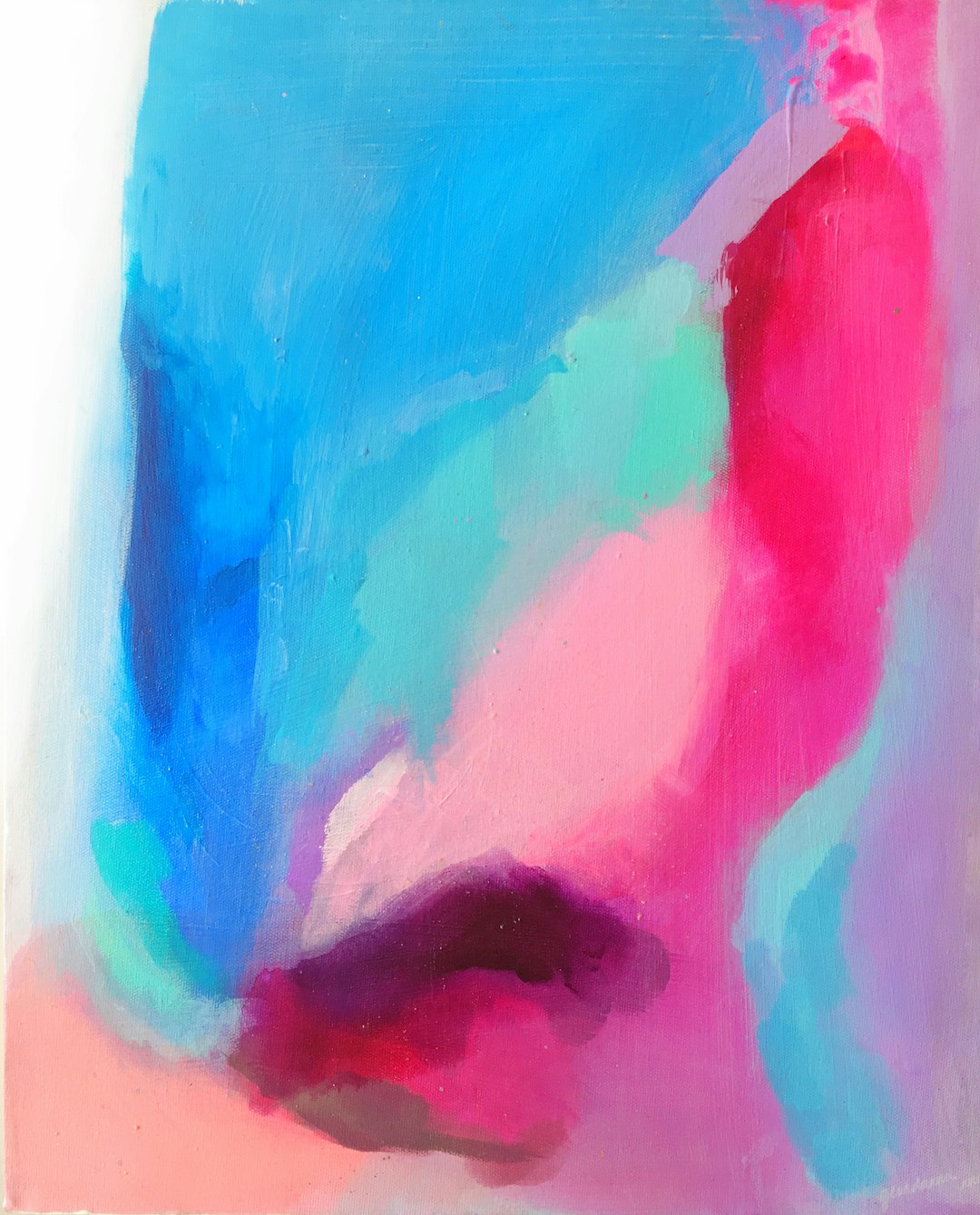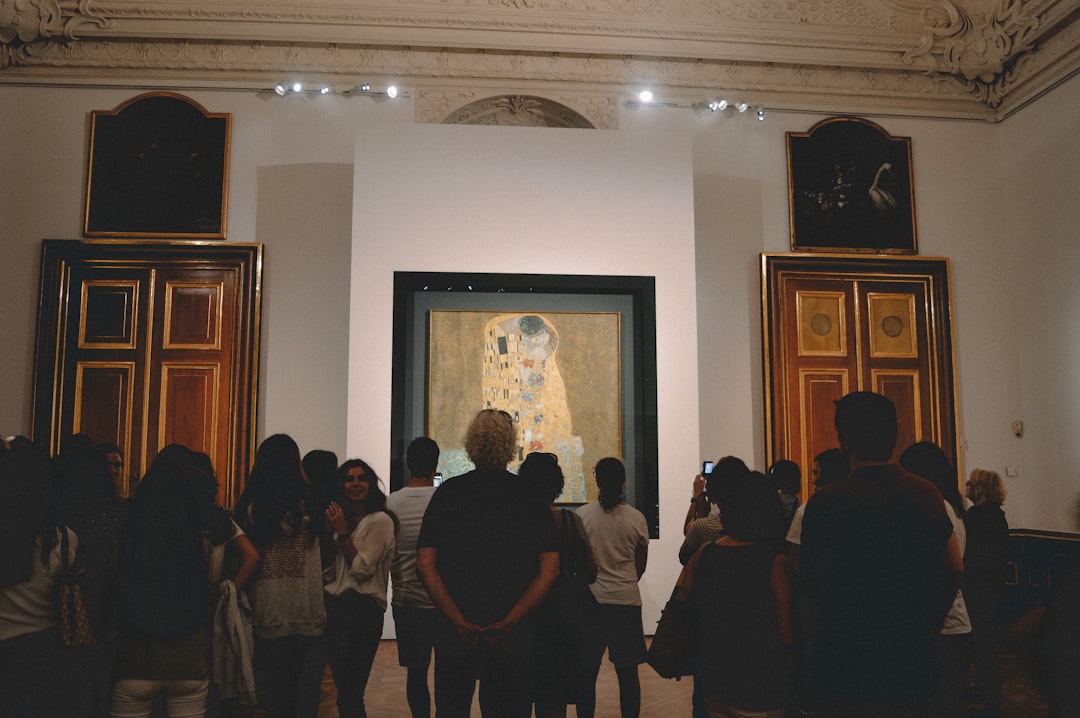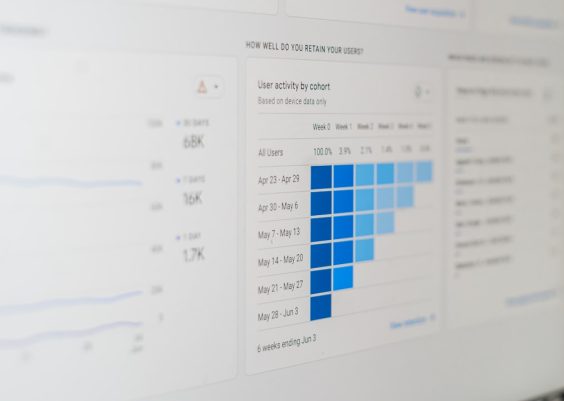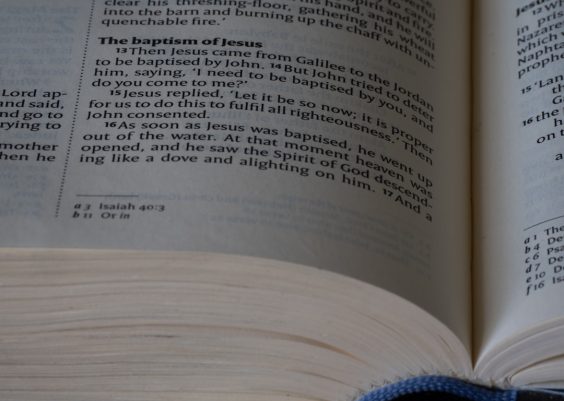Imagine a robot with a paintbrush. Or a computer typing out poetry. No, it’s not science fiction. It’s real. And it’s here. Welcome to the world of AI-generated art.
Artificial Intelligence, or AI, has been learning how to create. From paintings to music, stories to sculptures, AI is exploring the world of art. But what does this mean for traditional artists? Let’s dive in!
The Robot with the Canvas
AI doesn’t have eyes, ears, or emotions. But it can still “learn” art. How? By studying thousands (or even millions) of artworks. It looks at patterns, colors, and composition. Then it creates something new—from scratch!

Some AI programs can paint pictures that look like they were made by famous painters. Others mix styles to create something you’ve never seen before.
The Good Stuff: Why People Love AI Art
There are many reasons why AI-generated art is getting popular. Here are a few:
- Speed: AI can make art in seconds!
- Unlimited Ideas: It never runs out of creativity. It just keeps inventing.
- Affordable: It can create custom pieces for a much lower cost.
- Fun and Accessible: Anyone can try making AI art—even if they can’t draw a stick figure!
It’s a digital playground. Artists and fans love the surprise of seeing what AI will think of next.
But Wait… What About Real Artists?
Some traditional artists feel worried. And it’s easy to see why. Here are a few concerns:
- Loss of Value: If AI makes art quickly and cheaply, will people stop buying handmade art?
- Originality: AI copies styles. But can it truly be original?
- Jobs: Will artists still get hired if a computer can do the job for free?
These questions don’t have easy answers. But one thing is clear: art is changing.
AI and Artists: Friends or Foes?
Some artists fear AI. Others see it as a new paintbrush. A powerful tool. Used the right way, it can help artists, not replace them.
Here’s how:
- Inspiration: AI can give artists new ideas to play with.
- Mashups: Artists can blend AI elements into their own creations.
- Collaboration: Some humans and AIs are actually co-creating art!
It’s like jazz improv—with one musician made from code.
Where Does Traditional Art Go Now?
Don’t worry—traditional art is not going anywhere. People still love the touch of a human hand. The texture of paint on canvas. The feeling behind a handmade sculpture.

In fact, some people may value traditional art even more now. Because it offers something AI can’t: emotion, intention, soul.
Art for Everyone
One cool thing about AI art? It’s making art more open. You don’t need to go to art school. You don’t need fancy paints.
You just need curiosity. Type in an idea, and boom—art!
This could lead to more creativity all around. And who knows? It might even inspire new future artists.
What’s Next?
AI is still young. It’s learning. And we’re learning too—how to work with it, challenge it, and understand it.
The art world is growing. It now includes human painters, musicians, sculptors…and algorithms.
It’s not a war. It’s a remix.
And in this remix, old and new can dance together.

So whether you love a classic oil painting or a wild digital swirl made by a machine, one thing is certain:
Art is alive—and it’s evolving.




